Everything had its start from something. Whether it’s something innocent or something shocking, it’s bound to have had some connections to history and appearances throughout the years. So of course, at Cop Block, we need to have a brief timeline of police brutality events from one of the first cases up to the most iconic ones.
1.) After the Civil War

By this time, the NYPD had been around for about 20 years. Their way of enforcing their authority after the Civil War involved lynchings, beatings, and harrassment.
2.) Tompkins Square Riot of 1874

Around 7,000 immigrant protestors gathered at Tompkins Square, one of the largest seen in New York City at that time. The NYPD dispersed the crowd by mercilessly beating every protester they could come across, regardless if they’re men, women, or children.
3.) Civil Rights Act of 1964

The Civil Rights Act of 1964 was passed in Congress because of the constant denial of rights for black people in the US during that time. One of the specifications of the act involved asking for protection against police brutality just because of their skin color.
4.) Selma to Montgomery marches
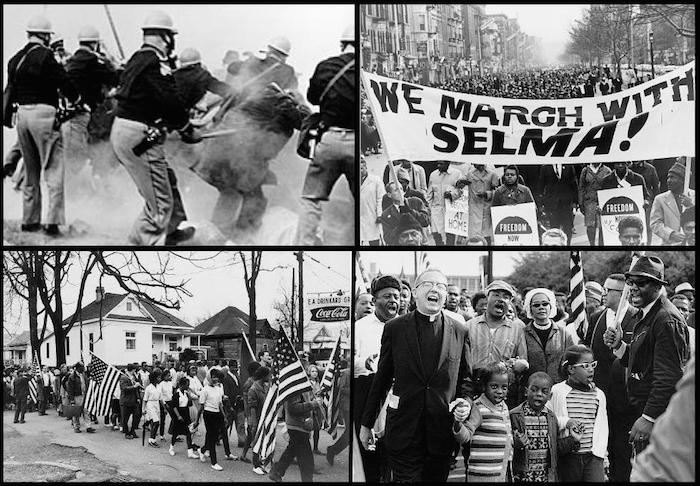
The Selma to Montgomery marches were meant to be a peaceful walk to protest the death of Jimmie Lee Jackson and the exclusion of black people from the electoral process. State and local police responded to the peaceful protest by attacking them with billy clubs and tear gas.
5.) The Watts Rebellion
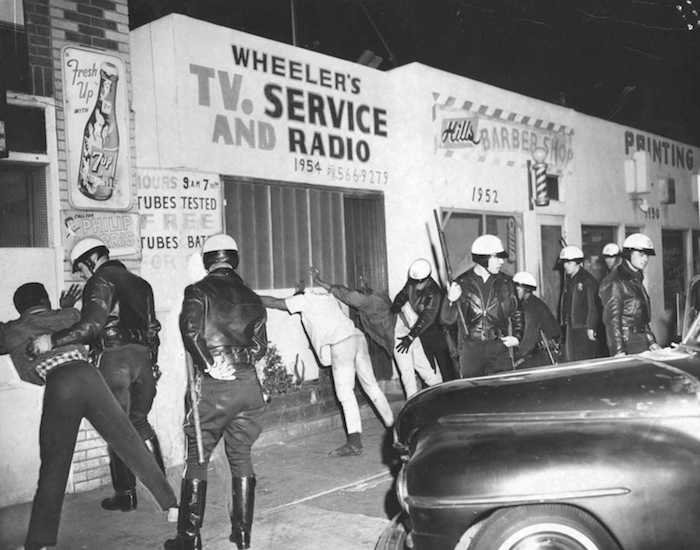
The Watts Rebellion was an uprising in the Watts neighborhood of Los Angeles because of the arrest of Marquette Frye by a California Highway patrol officer due to his skin color.
6.) The Black Panther Party for Self Defense
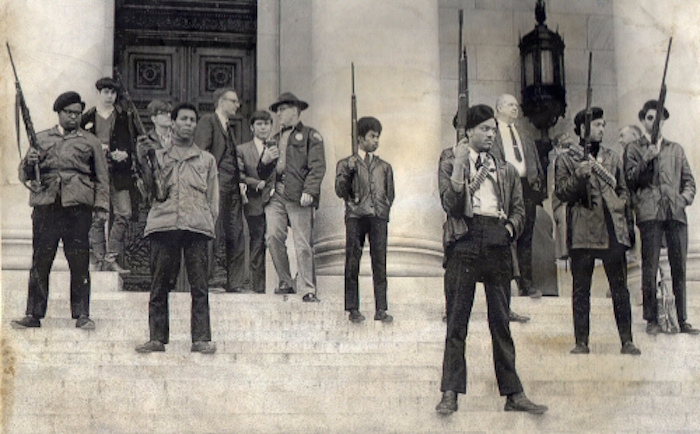
The Black Panther Party formed their own Cop Watch-style patrol in order to protect African-Americans from police violence.
7.) Young Lords Party
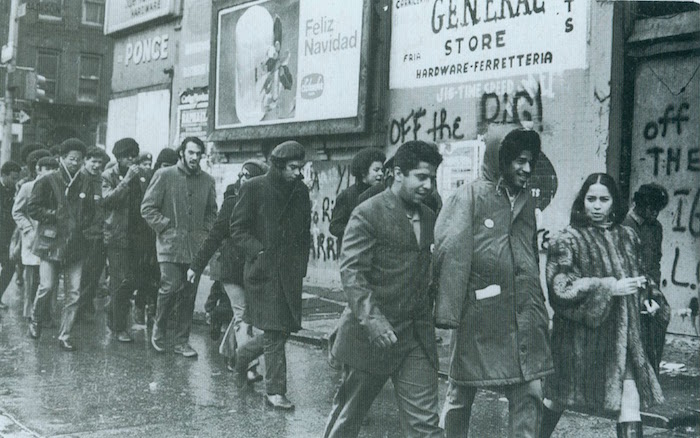
The Young Lords Party was formed in order to advocate for police violence cases and to gain control over the lawlessness that police have over people of color.
8.) Stonewall Riots

The Stonewall Riots was the catalyst to the LGBTQ Pride marches that happen in New York City every year. It all started because of a police raid and brutality that happened at the Stonewall Inn, which involved members of the LGBTQ.
9.) Broken Windows Theory of Policing
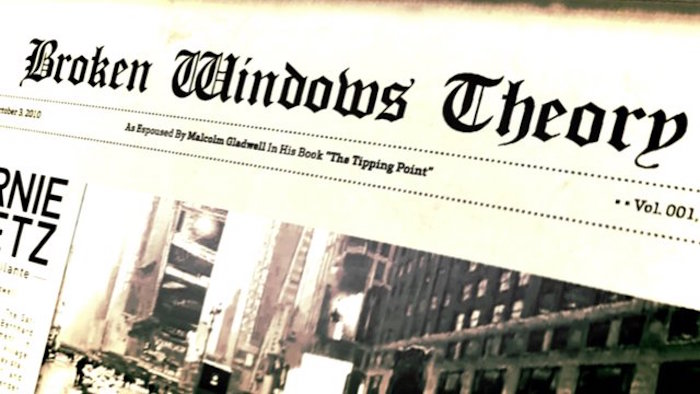
The Broken Windows Theory of Policing is the basis behind the NYPD’s “Stop and Frisk” policy. This theory calls for a “harsh response to petty & minimal crimes as a means of preventing bigger crimes”
10.) Rodney King case
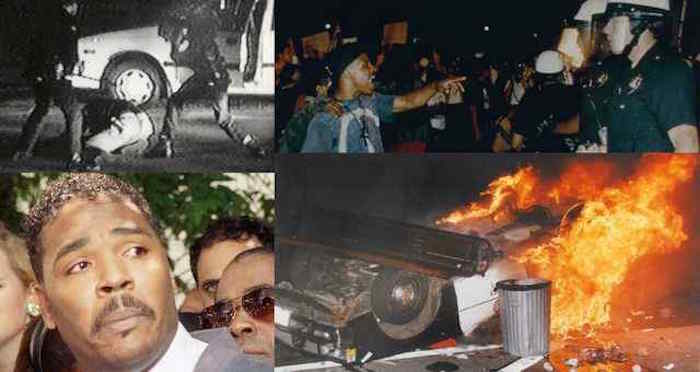
The Rodney King case is the most infamous incident of police brutality that inspired a deadly riot in the Los Angeles area, causing great damage to the city.
11.) Los Angeles Uprising
The direct result of the Rodney King case. The LA uprising was sparked after the officers involved in the case were acquitted.
12.) 9/11 Effect

After 9/11, NYPD officers were rendered untouchable for being “heroes” of the tragic day. This resulted in Middle Easterners, South Asians, Arabs, and Muslims to be subjected to police harrassment and brutality.
13.) Stop and Frisk
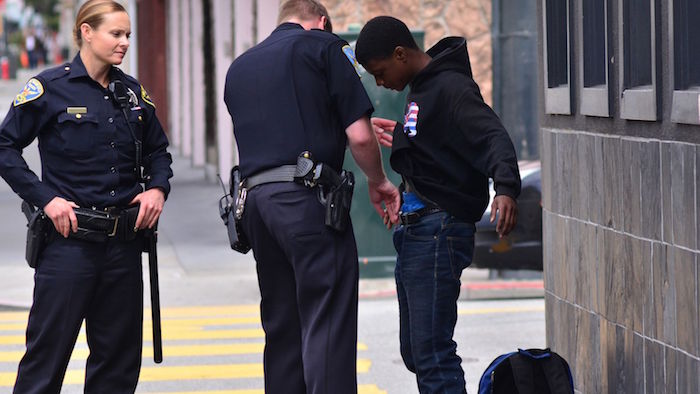
The NYPD implemented the Stop and Frisk policy. The constant target of this policy were people of color and sometimes, they could get harrassed even if they didn’t do anything remotely bad.
Everything had its start from something. Whether it’s something innocent or something shocking, it’s bound to have had some connections to history and appearances throughout the years. So of course, at Cop Block, we need to have a brief timeline of police brutality events from one of the first cases up to the most iconic ones.
14.) Puerto Rican Day Parade

On June 11, 2007, NYC’s annual Puerto Rican Day parade was dampened by NYPD cops who forcefully arrested 208 people for wearing black and gold beads. Apparently, these colors are associated with the Latin King and Queen Nation.
15.) Community Safety Act

It took until 2013 before the Community Safety Act could be passed into law.